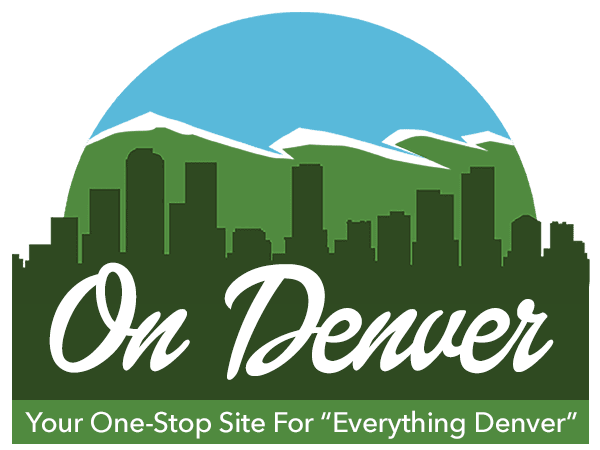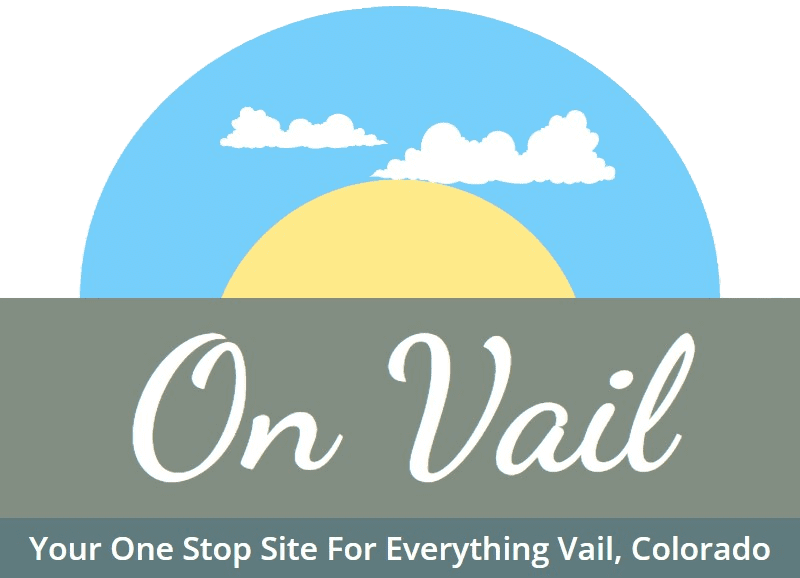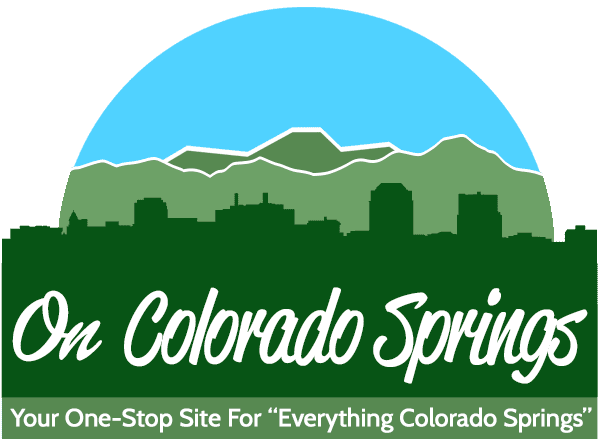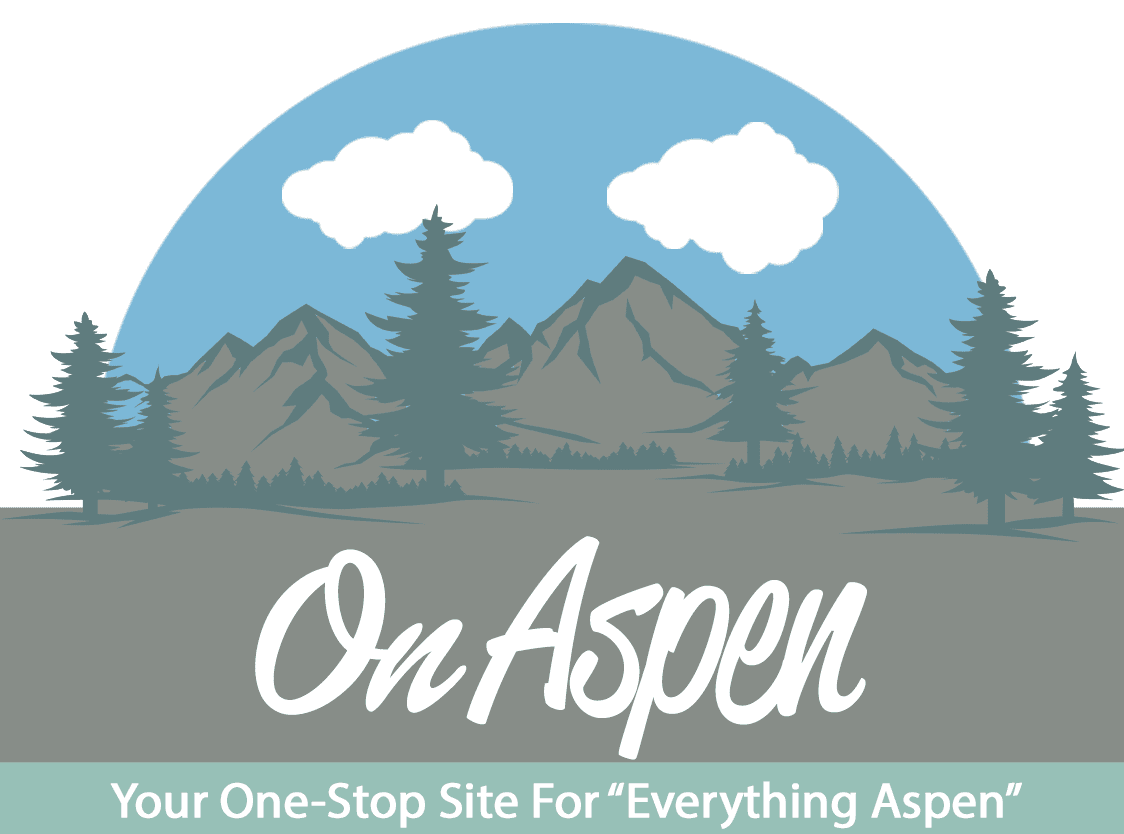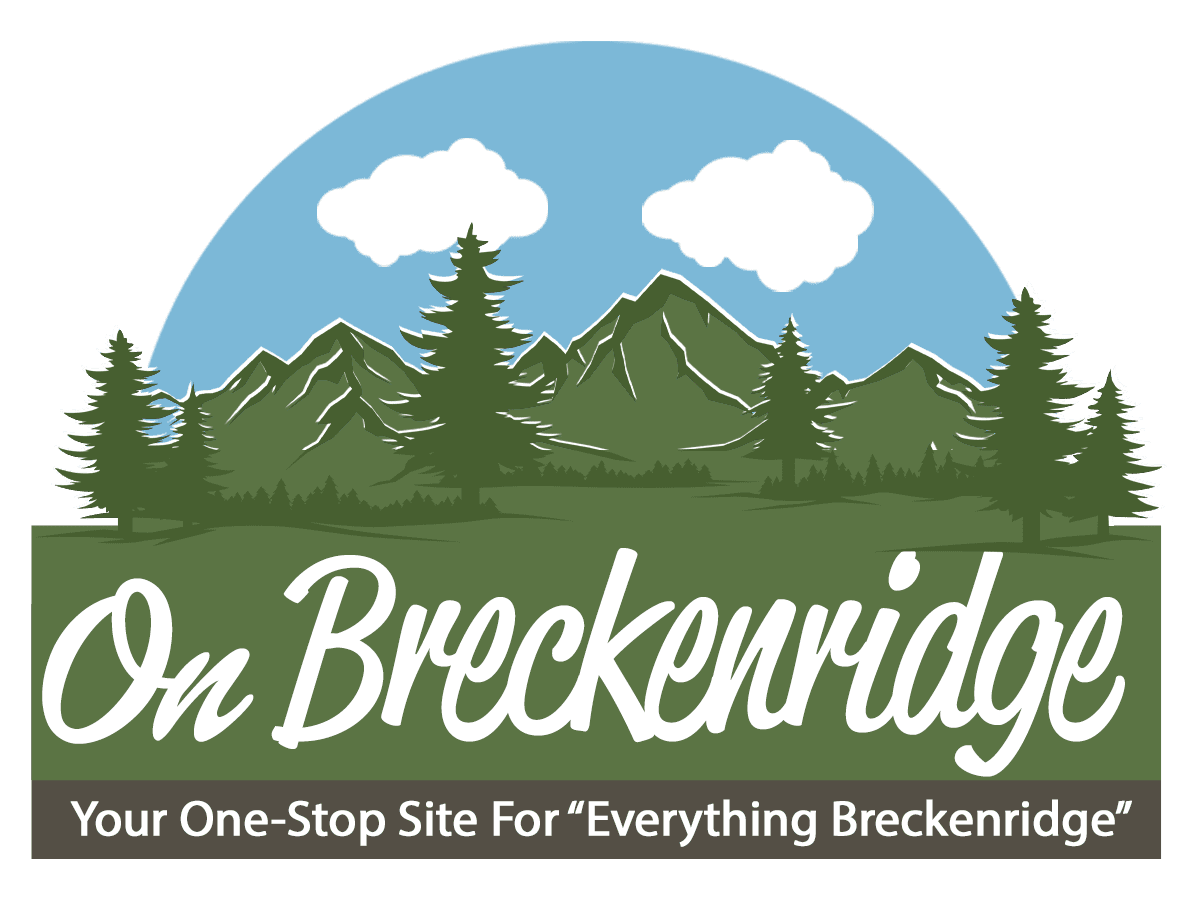Full Fat and Happy
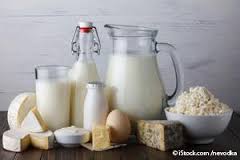
When I was growing up, our household always had 2% milk in the house. I never knew why but that’s what I consumed as a kid. Fast forward to my 20s, when the low fat craze was in high gear. I had switched to skim milk to reduce saturated fat. I also used plenty of other low fat/no fat food items. It wasn’t until I discovered that there was no such thing as a low fat salad dressing that tasted good, that I started the journey to fat freedom.
Food manufacturers replace fat with sugar, so the low fat dressing tasted too sweet for me and I switched to full fat dressing. It was years later before I saw studies about the high sugar content in low fat foods, including milk. I didn’t know that my salad dressing decision was so smart.
These days, scientists tell us that fat is not the enemy. In fact, fat can be our friend. Here are some tips published in U.S. News and World Report about the benefits of fat.
Fat promotes weight loss. Fat does not make you fat. A 2013 review published in the European Journal of Nutrition found that people who eat full-fat dairy tend to be leaner than those who opt for low-fat versions. Why? Perhaps because fat fills you up, slowing down the release of sugars into your bloodstream and helping to prevent overeating.
Fat may lower risk of diabetes. Maintaining a healthy weight can certainly help lower your risk of developing Type 2 diabetes, but research suggest that dairy fat may still improve metabolic health. A 15-year study from Tufts University researchers found that, compared to people who eat the least dietary fat, people who eat the most have a 46% lower risk of developing Type 2 diabetes. One reason suggested by the study is that specific fatty acids contained in dairy may play special roles in risk reduction.
Fat makes your heart happier. Research published this year in The American Journal of Clinical Nutrition found that consumption of full-fat cheese raises healthy HDL cholesterol levels, which are associated with a decreased risk of heart disease, better than does consumption of low-fat varieties. Researchers don’t know exactly why, but fat from milk, cheese and yogurt does not contribute to the development of coronary artery disease.
Fat calms your digestive tract. Whole milk and yogurt could also reduce belly bloat, and because full fat dairy is lower in lactose, it is easier to digest compared to low-fat or no-fat dairy.
Fat helps lower sugar intake. Currently, 3 out of every 4 Americans eat too much added sugar, with 90% of it coming from ultra-processed foods – like that ice cream in your freezer. It’s worth noting that full-fat tubs tend to contain less sugar than do their low-fat counterparts, but don’t start your ice cream diet just yet. The reason that full fat ice cream has less sugar? Manufacturers remove fat from foods and add in extra sugar, just like they did with the low fat salad dressing in my earlier story.
I’m back to 2% milk these days. While I’ve never been able to drink whole milk, as it tastes too rich, I have been a full fat cheese believer for many years now, which no doubt makes up for having less fat in my milk. So, enjoy full fat dairy products to live your healthiest life, enjoy your food and improve your quality of life.
